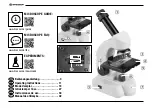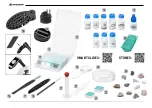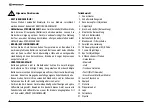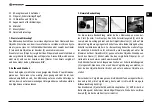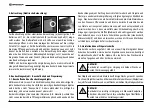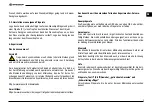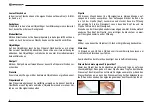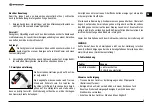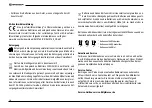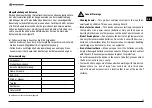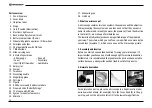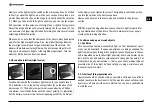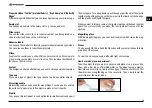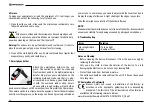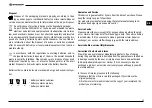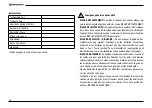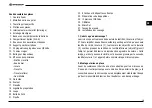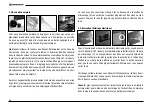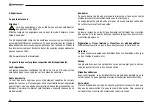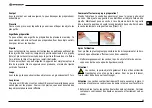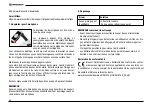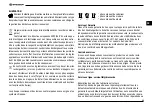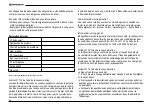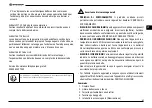
12
Parts overview
1. Zoom Eyepiece
2. Focus knob
3. Objective turret
4. Stage
5. On/off switch ( illumination)
6. Electronic light source
7. Base with battery compartment
8. Battery compartment (2x AA)
9. Wheel with pinhole apertures / Filter wheel
10. Smartphone holder
11. 20 prepared slides with QR Code
12. 7 Blank slides
13. Slide carrying case
14. 8 Vials of specimens
• Shrimp eggs
• Sea salt
• Yeast • Dry shrimp
• Textil (Stoff/Gewebe) • Gum Media
15. Empty vial
16. Scalpel
17. Tweezers
18. Dissecting needle
19. Magnifying glass
20. Petri dish
21. Pipette
22. 8 Slide covers and 8 adhesive labels
23.
repared slide Butter ings
24. 12 stones and QR Code
25. Eyecup for spectacle wearers
26. MicroCut
27. Measuring cup
28. Hatchery
1. What is a microscope?
A microscope contains two lens systems: the eyepiece and the objective.
We’re presenting these systems as one lens each so that the concept is
easier to understand. In reality, however, the eyepiece (1) and the objective
in the turret (3) are made up of multiple lenses.
The lower lens (objective) produces a magnified image of the prepared
specimen. The picture, which you can’t see, is magnified once more by the
second lens (eyepiece, 1), which you can see as the ‘microscope picture’.
2. Assembly and location
Before you start, choose an ideal location for using your microscope. It’s
important that you choose a spot with enough light for normal observation.
Furthermore, it is recommended that you place the microscope on a stable
surface, because a shaky surface will not lead to satisfactory results.
3. Normal observation
For normal observation, place the microscope in a bright location (near
a window or desk lamp, for example). Turn the focus knob (2) to the up-
per stop, and set the objective turret (3) to the lowest magnification.


